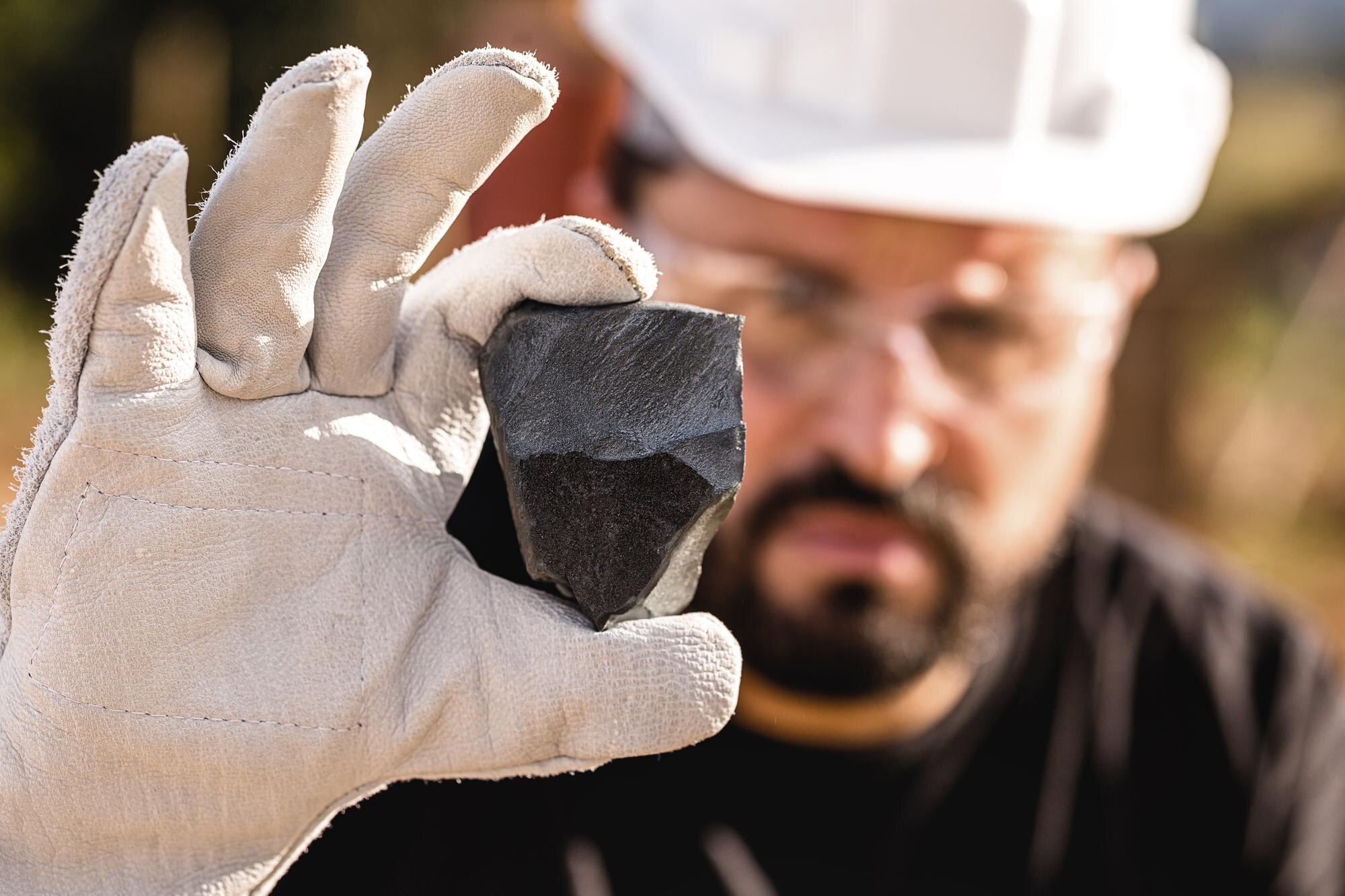Natural stones are highly valued for their aesthetic appeal, durability, and sustainability in construction, interior design, and landscaping. However, cost control is crucial for the successful management of these projects. While high-quality natural stones bring elegance and longevity to a project, their costs can quickly escalate, potentially exceeding the project budget. In this article, we will explore strategies and tips for achieving cost control in natural stone projects.

1. Set a Clear Budget at the Beginning of the Project
Cost control starts from the earliest stages of the project. In natural stone projects, establishing a detailed budget that covers the type of stone, quantity, labor costs, and transportation expenses is essential. This budget will guide every step of the project and help ensure that costs are kept within manageable limits. Additionally, it’s important to include a contingency allowance for unforeseen costs and emergencies.
2. Stone Selection and Quantity Planning
When choosing natural stones, cost is just as important as quality and aesthetics. High-quality stones tend to be more expensive but are durable in the long run. While selecting stones for the project, it’s important to choose options that fit your budget without compromising on quality. Additionally, it’s vital to accurately estimate the quantity of stone needed to avoid overordering, which can lead to unnecessary expenses. Ensuring the stones are properly cut and shaped to minimize waste is another way to control costs.
3. Manage the Stone Supply Chain Effectively
The natural stone supply chain plays a significant role in controlling costs. From sourcing the stone to processing and delivering it to the job site, managing the supply chain efficiently can reduce expenses. Selecting the right suppliers and negotiating clear contracts regarding prices, delivery schedules, and quality assurance is critical. Additionally, sourcing stones locally can help reduce transportation costs. Online platforms, like MarbleMap.co, facilitate price comparisons among suppliers and help businesses find the most cost-effective solutions for their projects.
4. Efficient Labor Usage
Labor costs are a substantial part of natural stone project expenses. Skilled craftsmen and experienced stoneworkers are essential for ensuring high-quality installation and processing. However, controlling labor costs is equally important. Efficiently managing the labor force by using skilled professionals and avoiding unnecessary delays helps keep costs in check. Additionally, investing in the right equipment can improve labor productivity and reduce overall costs.
5. Effective Time and Quantity Management
Time management is another key factor in controlling costs. Delays in the project timeline can lead to higher costs due to extended labor hours and additional material handling. Sticking to a clear project schedule ensures that tasks are completed on time, minimizing unnecessary expenses. Furthermore, allocating specific timeframes for cutting and shaping stones, and sticking to these timeframes, will prevent project delays and ensure the budget is maintained.
6. Waste Management and Recycling
In natural stone projects, waste management plays a crucial role in cost control. During the cutting and shaping of stones, waste materials can accumulate. Recycling or reusing these materials in other projects can help reduce costs. Moreover, using high-efficiency machinery during processing can minimize waste production. By managing waste effectively, you not only reduce environmental impact but also keep your project’s budget under control.
7. Seek Expert Consulting and Professional Help
Hiring professional consultants can greatly aid in managing costs in natural stone projects. Experts can provide guidance on everything from stone selection to supply chain management, labor usage, and waste handling. Additionally, having a well-organized plan for the project ensures that costs are monitored and controlled throughout its execution. Platforms like MarbleMap.co are great resources for connecting with industry professionals and finding cost-effective stone options.
Conclusion
Cost control in natural stone projects is a critical component of project management. By establishing a clear budget, carefully selecting stones, utilizing efficient labor, and managing the supply chain and waste effectively, you can keep costs under control. Proper time management and professional consulting will also contribute to a successful, budget-friendly project. By following these strategies, you can achieve long-term, sustainable results without exceeding your budget.



